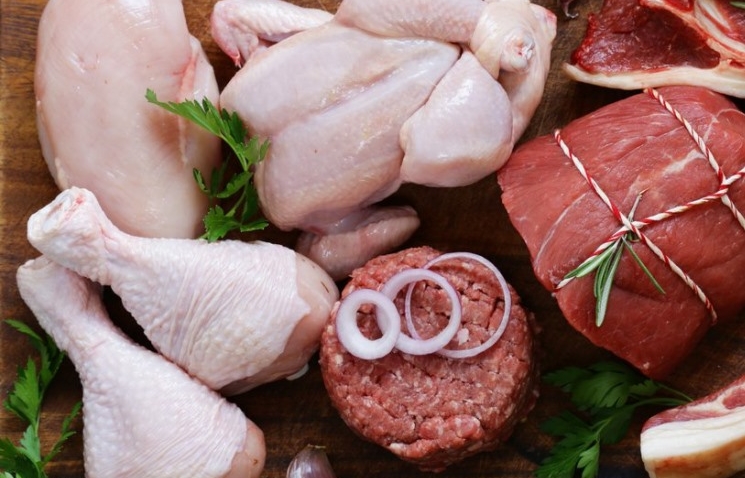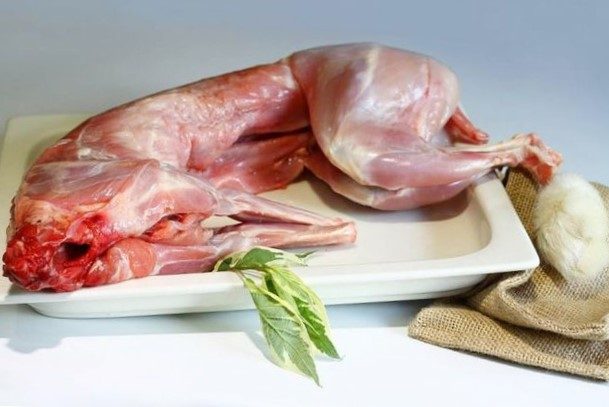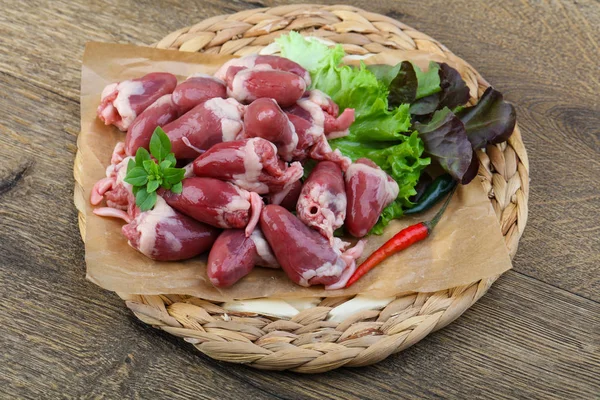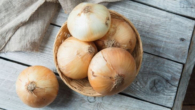
How to choose the right meat and what to look for when buying chilled and frozen products
0
Meat is one of the main products included in our menu. This is the main source of protein for the human body, but in addition to protein, meat also contains useful vitamins and minerals. However, in order for the meat to be not only tasty, but also useful, it must be fresh. A spoiled product can cause food poisoning, so choosing meat is a responsible matter. But how to understand all the details when choosing meat?
Rule one
You should not buy meat at spontaneous sales points: from car hoods, improvised counters near the highway, in villages near unknown private owners. Even if the price in such places is lower, it is here that you can buy not just low-quality meat, but infected with dangerous parasitic diseases such as trichinellosis or infections: brucellosis, anthrax.
Rule two
Pay attention to the appearance and, most importantly, the smell of the meat. Freshly chilled meat should have a so-called drying crust of a pale red or pink color. If the meat is fresh, when pressed with a finger, the hole formed will quickly disappear, if the fibers are sufficiently elastic and dense. If it does not disappear, then the freshness of the meat is questionable.
Pay attention to the cut. It should be smooth, even and almost dry. You can check this with a napkin. If the surface is sticky and wet to the touch, you should not take the meat.
The piece itself should not have a hard, dried crust, mucus or dark spots. All these are signs of a poor-quality product.
One of the important signs of quality is the smell. In fresh meat, it should be neutral, characteristic of raw meat. Any foreign odors – sweet, sour, putrid or the smell of blood – should alert you. This is a clear sign of a spoiled product.
The quality of frozen meat is determined a little differently. First of all, there should be no ice or water in the package and on the piece. Their presence indicates that the meat has already been thawed and frozen and not the fact that it did not spoil during this process. The more ice, the smaller the piece will be when defrosted. The color of frozen meat is brighter and richer than that of chilled meat, but the smell can be felt only after defrosting, so in this case this indicator is not very informative.
Rule three
Study the product labeling. Often, the labeling indicates the name of the manufacturer, its address, the date of manufacture of the product, the conditions and shelf life, as well as the type of meat. Usually, sellers who are confident in the quality of their product are willing to provide the customer with the necessary information. In addition, each batch of meat must be accompanied by appropriate veterinary documents. The documents are stored by the seller until the batch is completely sold out.
If a store or market sells you a poor-quality product, you can return it and demand a refund or replacement of the product. If the outlet refuses to meet these requirements, the buyer has the right to write a complaint or call the hotline of the State Service of Ukraine for Food Safety and Consumer Protection.
How to choose the right meat
What kind of meat should you choose? The answer to this question also determines the advice on choosing a product, because different types of meat differ from each other.
Fresh meat
Pork. Fresh young pork has a pale pink or even pinkish-gray color. The meat of an adult pig is pale red, a red or dark red shade indicates that the animal was old. It is important to pay attention to the condition of the muscles – they should be tender and soft, and the muscle fibers should be long and thin. On the cut, you can see fine graininess and noticeable layers of fat.
Note:
Fresh pork fat should be elastic and soft, and have a white or pale pink color. Yellow or gray fat indicates that the meat is not fresh.
Beef. This meat is intensely red, much darker than pork. The muscle fibers are long and thin. The smell is pleasant, specific, sometimes compared to the smell of fresh dough. Subcutaneous fat is white or yellowish, depending on the age of the animal. In calves, the meat is tender, less saturated in color, subcutaneous fat is practically absent, and the muscle fibers are more tender than in beef.
Lamb. Uniform color, elastic pulp with a coarse-grained consistency are signs of good lamb. The smell of fresh meat is specific, but not repulsive. If the smell is unpleasant, then you have a stale piece or meat from an animal of respectable age. If there are spots on the product, it is also undesirable to buy it.
Note:
Fat on fresh lamb should not break and crumble – this is a sign that the meat has been frozen several times.
Poultry. Fresh chicken and turkey meat should be white or pale pink, depending on the part of the carcass. Duck and goose meat is darker. Yellow fat melts easily in your hands. When buying, pay attention to the date of packaging of the poultry.
Rabbit. Rabbit meat is usually purchased in carcasses. First, you need to make sure that you really have a rabbit in front of you – one of the legs of the carcass should be raw. Rabbit meat should be dense, pink in color, and when dried, like other types of meat, a pale pink crust may form on it. If the rabbit is sold with the entrails, you are lucky – this is a sign of fresh meat: the carcass is no more than five days old.

Minced meat and semi-finished products
This is one of the categories of meat products that spoils quickly. According to the State Standard, high-quality minced meat must contain at least 60% muscle tissue. If the product is uniform, without inclusions of bones, membranes, coarse tissues and cartilage, then the minced meat is “correct”. The color of the minced meat should also be uniform, it varies from pink to dark red, depending on the type of meat from which the product is made. For example, minced meat with a predominance of beef will be darker in color. But if there are grayish, darkened or greenish areas on the meat, you should not buy such a product. These are signs that it is stale, since any color changes are the result of improper storage, mainly a violation of the temperature regime. If the minced meat is packaged and frozen, the packaging should not be damaged. All these rules apply to the choice of semi-finished products from minced meat.
By-products

They are chosen in the same way as meat – by color, smell and condition of the tissues. It's simple: the shade should not be excessively dark, and the smell should not be unpleasant. For example, fresh liver has a characteristic smell and color, and its flesh should be elastic to the touch. And since offal is mainly supplied frozen, it is important to look at how much liquid is in the package with the product – the less, the better.
Contrary to popular belief, you can buy good meat not only at the market, but also in a store. Large hypermarkets value their reputation, and therefore try to control the products of suppliers so that customers can get fresh and high-quality products.
Hypermarket with a large assortment of fresh products
The quality director of a large Ukrainian supermarket chain Silpo talked about where and how to choose good meat and what the company does to ensure quality:
“For our chain, the quality and freshness of products are priority indicators. We buy whole carcasses, as well as half carcasses, from local farmers, and then process them in our own workshop and sell them in the chain's stores. We control the cold supply chain, ensure the necessary temperature regimes from the supplier to the display case. Intermediaries are practically excluded from the supply chain and we can guarantee buyers the freshness of each piece, even reducing the time for delivering goods to the client. For all products, we have appropriate documentation and veterinary certificates that confirm both the quality and safety of the goods we offer. But before becoming our supplier, the manufacturer's enterprise must undergo a strict selection during a quality audit. Only suppliers that meet high domestic and international quality and food safety criteria can supply our chain's hypermarkets. And by the way, our suppliers are among the top 20 best agricultural producers in the country and are the best in their regions.
The meat line of our hypermarkets daily includes various types of meat for the most exquisite taste – this is dietary poultry meat, fresh domestic beef and veal, lamb and, of course, traditional pork. In addition, we offer a large assortment of semi-finished meat products: from meat prepared for the client and meat on the bone to semi-finished products, natural and in marinade, offal and minced meat, as well as a large selection of meat for steaks. At the client's request, we can cut a large piece into smaller pieces or grind it to the desired consistency.









Leave a Reply